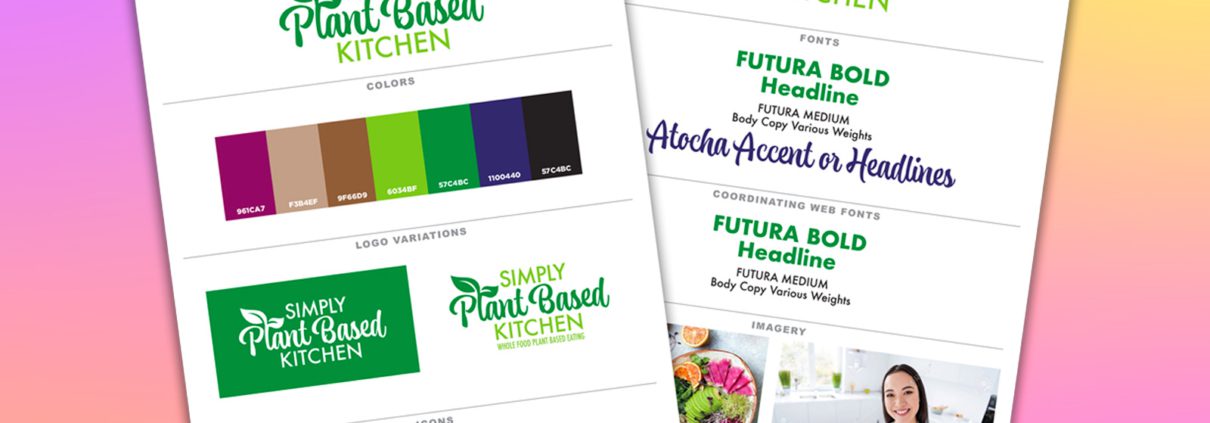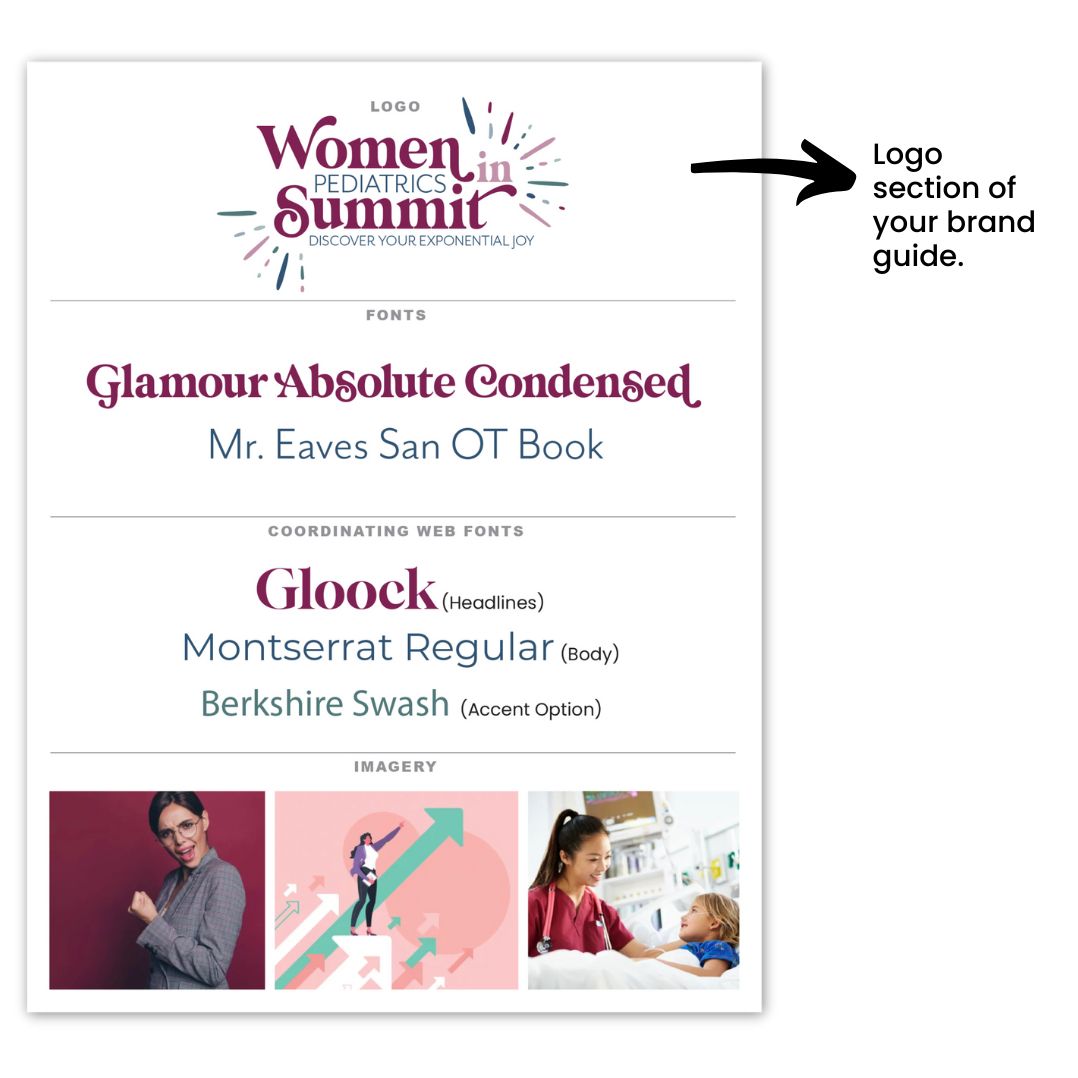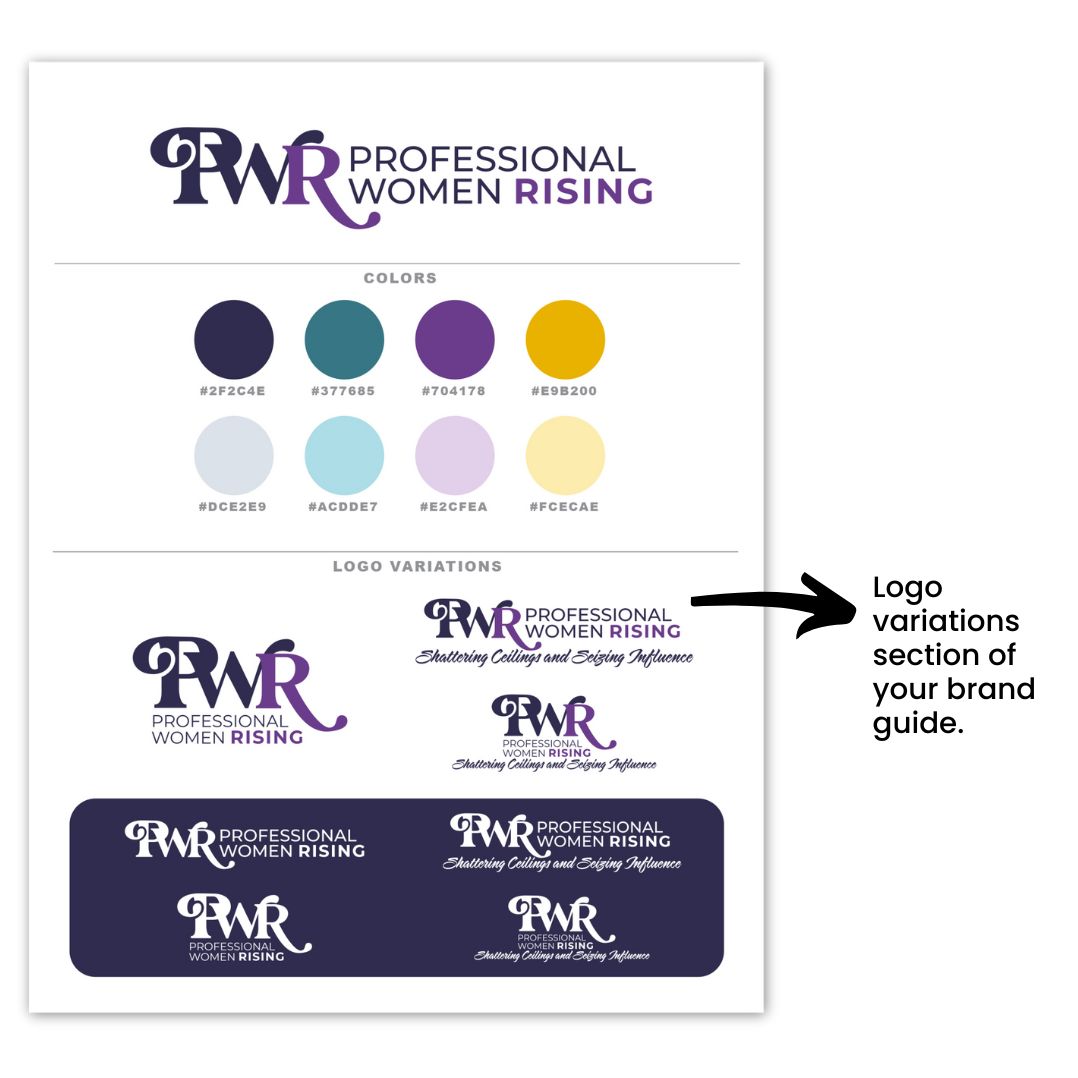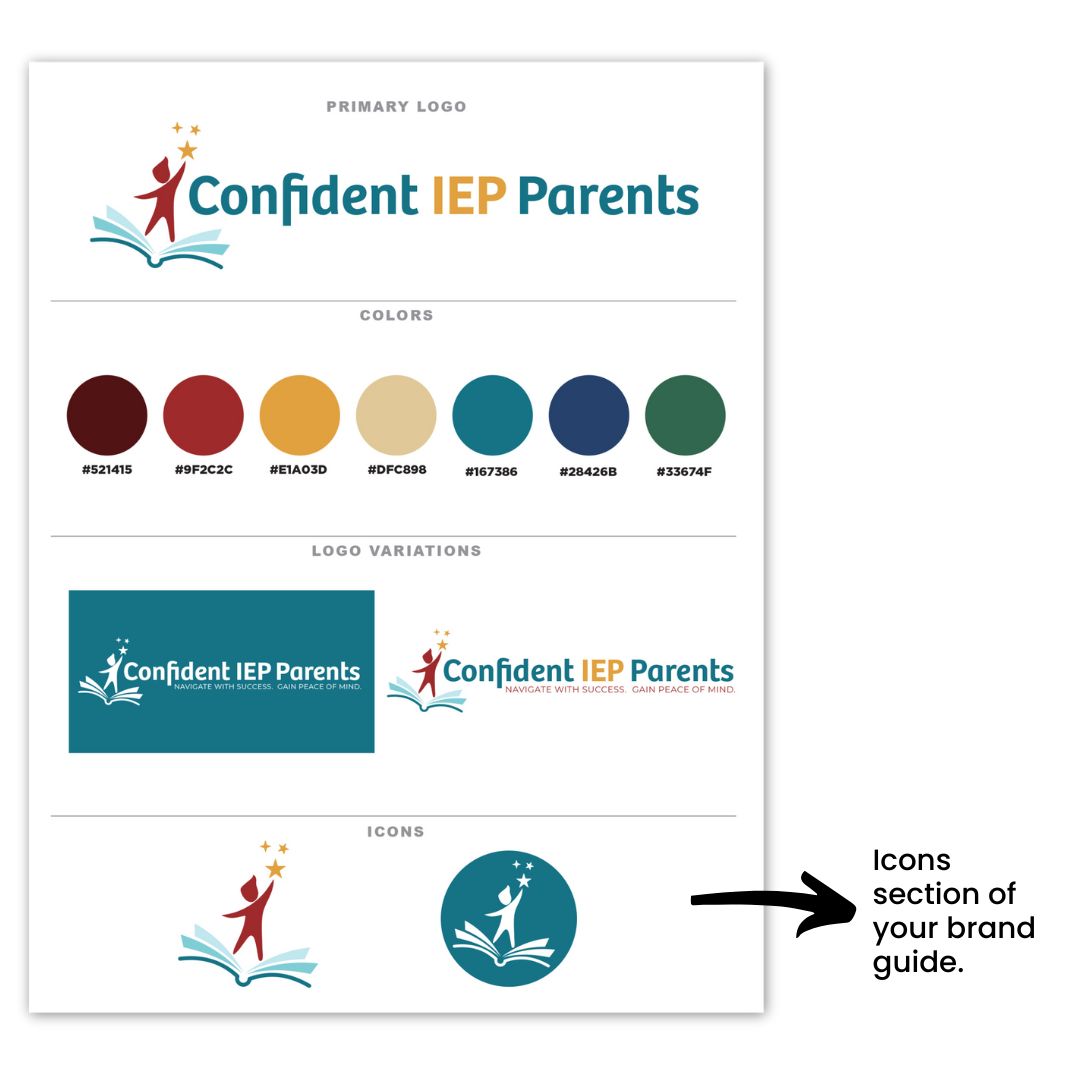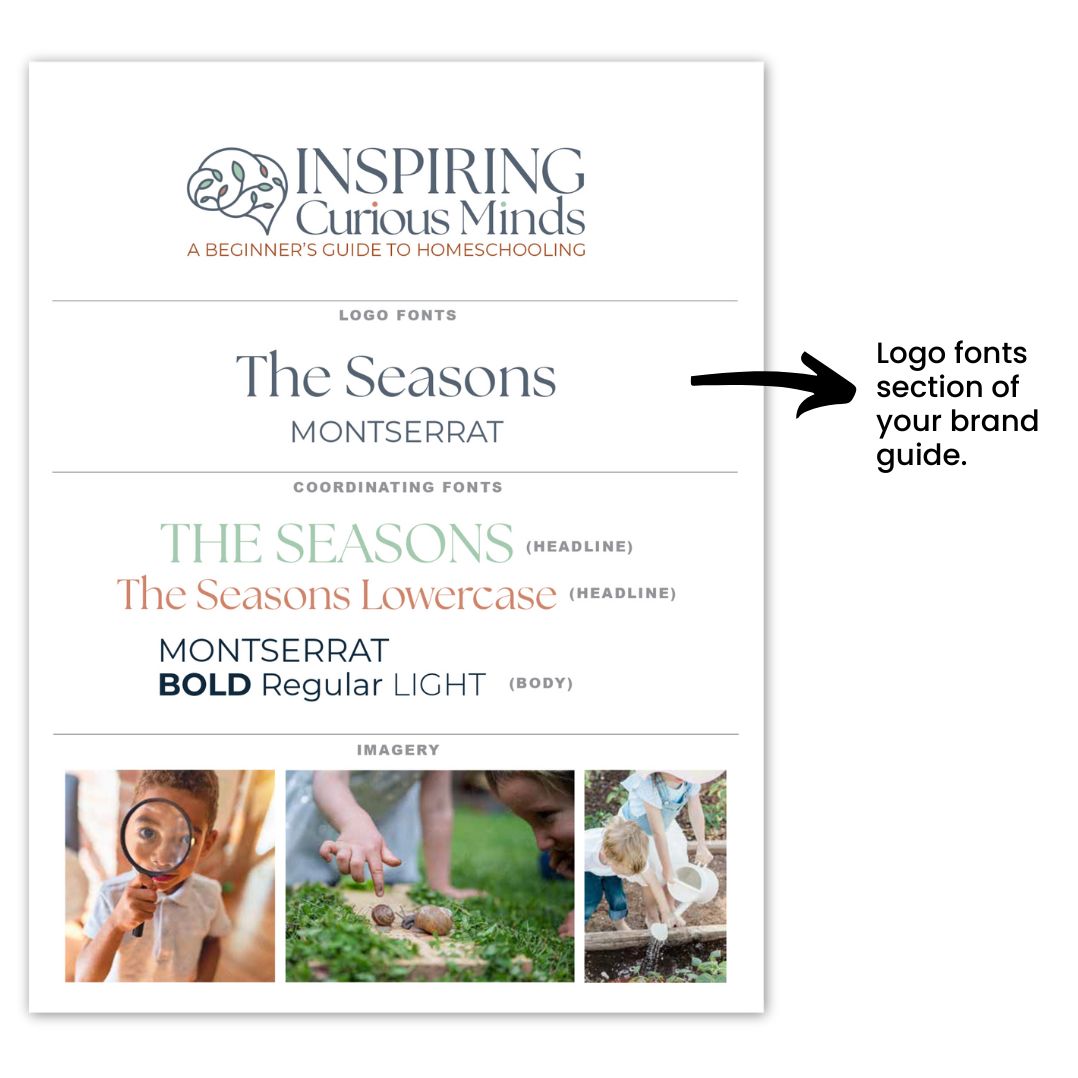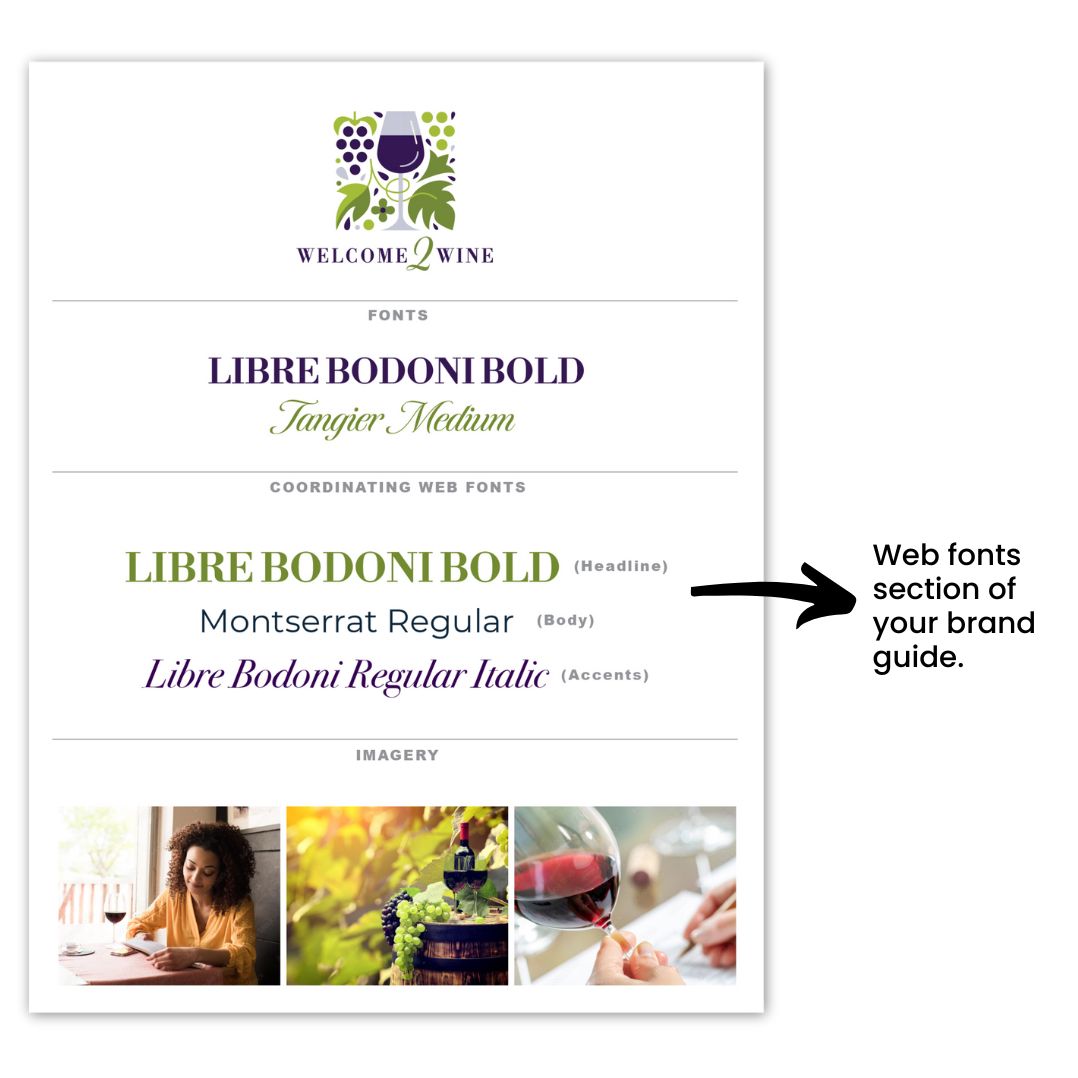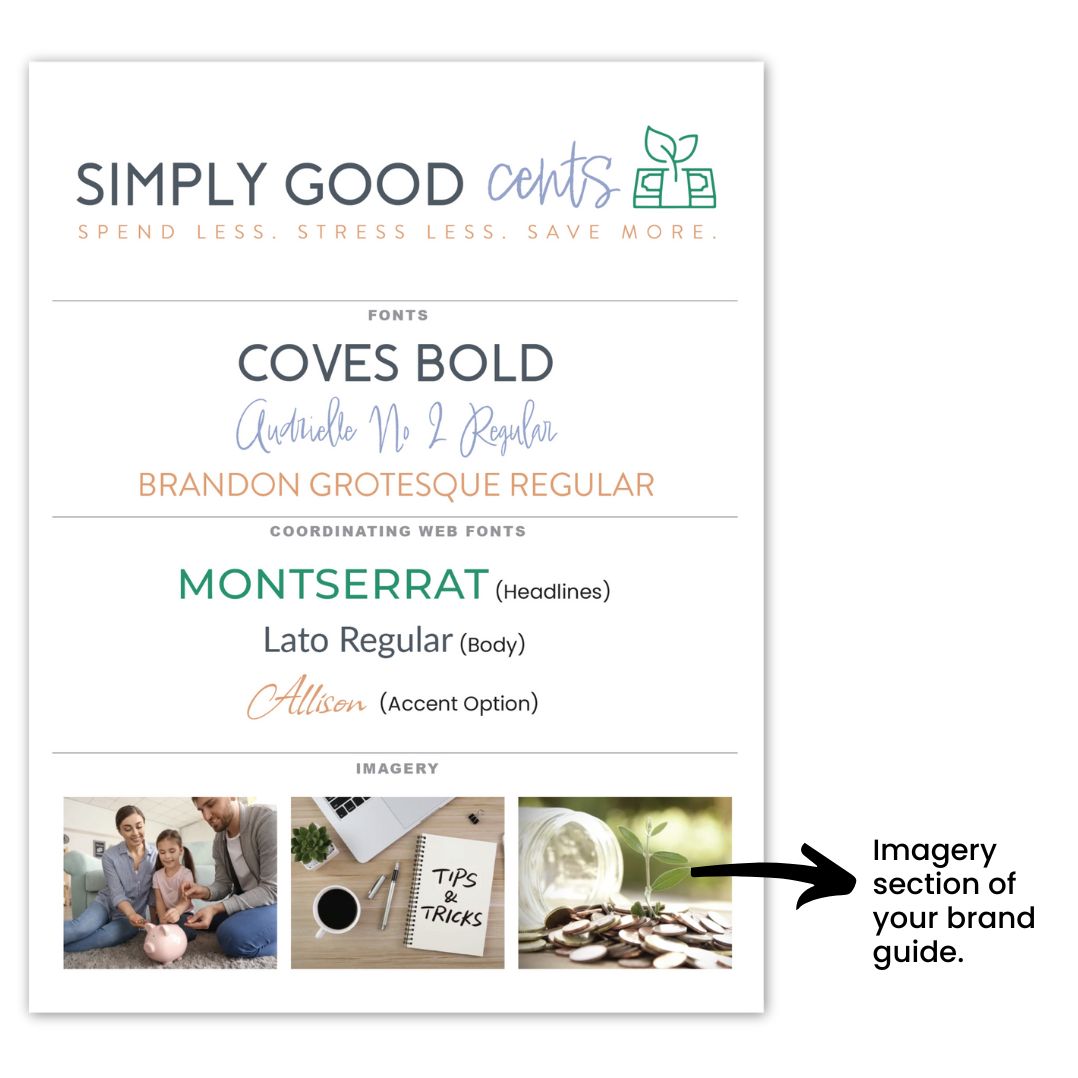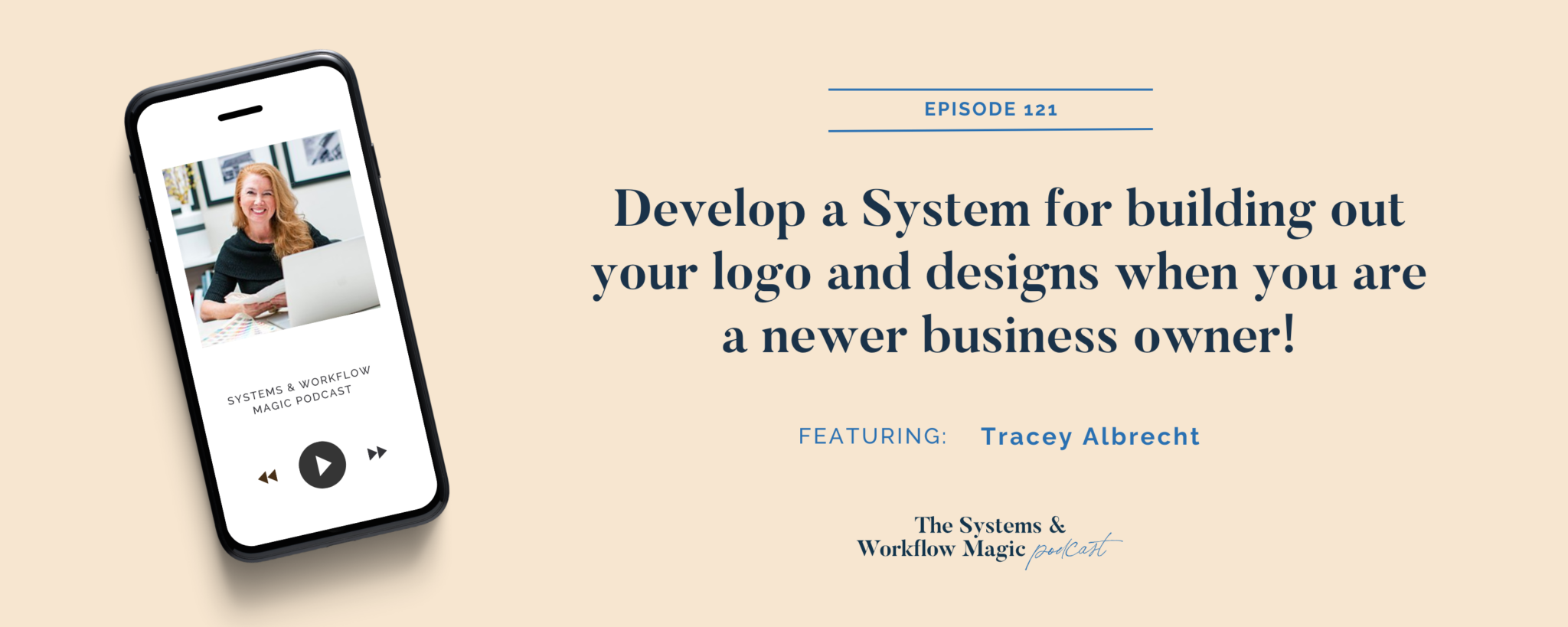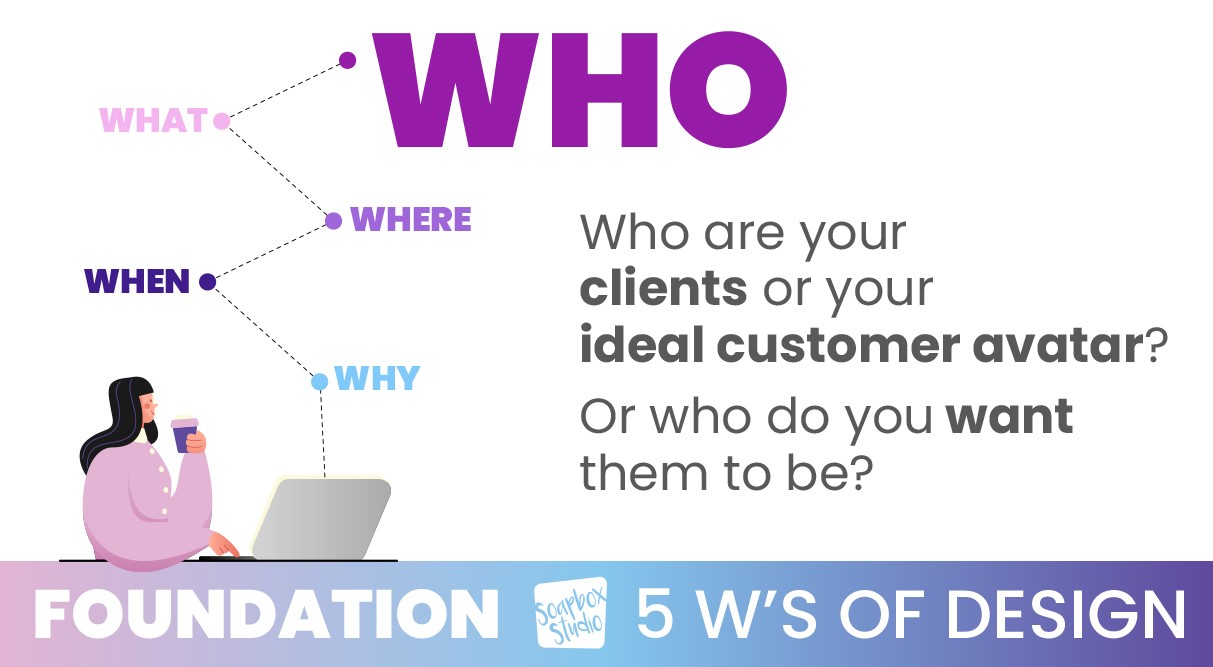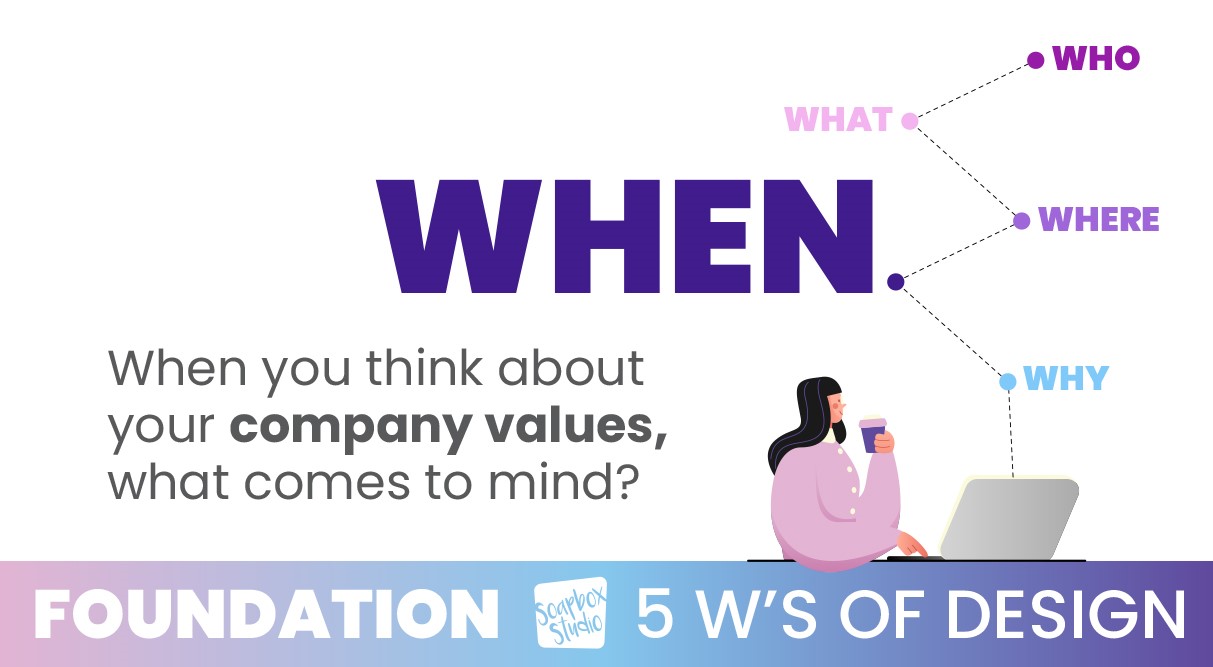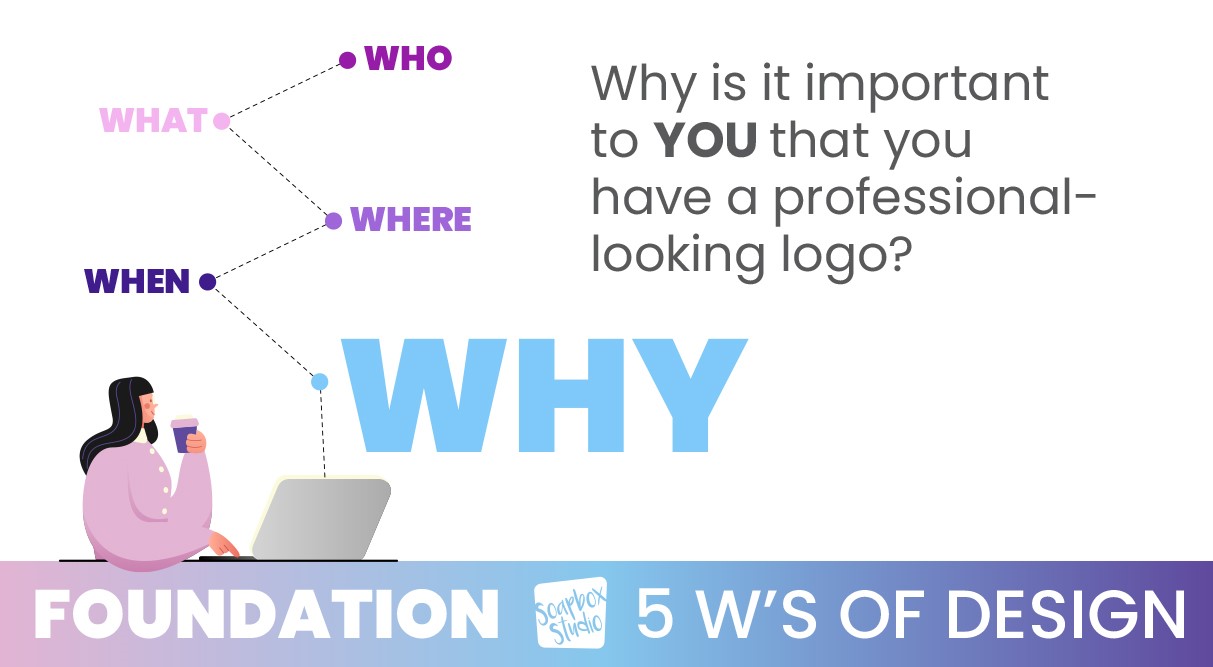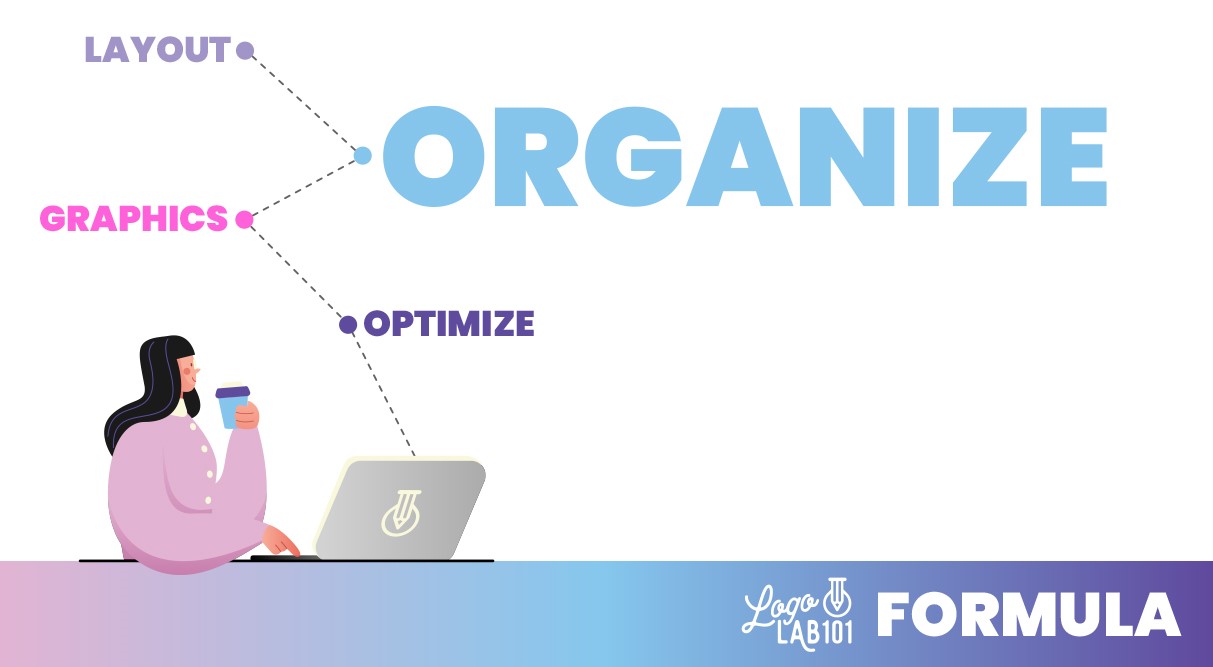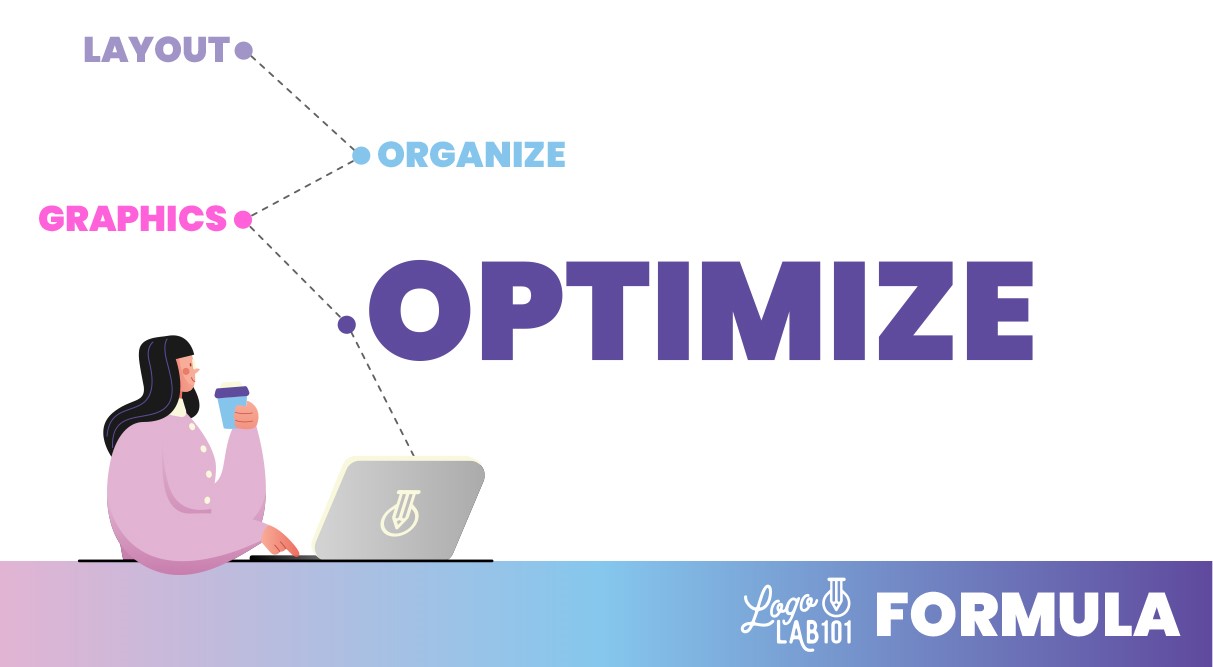In today’s competitive world, building trust and brand confidence is vital for your business. Branding has become a critical component of success for businesses and individuals. While we often associate branding with logos, taglines, and marketing strategies, visuals are another equally powerful tool. Your logo can significantly enhance your brand’s trust and your confidence, and impact personal and businesses performance.
In this post, we will explore the profound influence of visuals on brand trust and confidence and how this boost can positively affect your future personal achievements. So, let’s dive in and discover the remarkable connection between visuals, confidence, trust and personal performance!
Let’s explore brand trust and confidence with these topics:
- Visual Communication and Brand Confidence
- Building Brand Trust and Confidence
- The Psychology of Visuals and Confidence
- The Ripple Effect: Boosting Personal Performance
- Reinforcing Brand Confidence Through Performance
- Take Confident Action
Visual Communication and Brand Confidence
Visual communication is a timeless and powerful tool throughout history to convey messages and ideas. It can uniquely transcend language barriers and communicate directly to our emotions, making it a universally understood expression.
We are inherently drawn to visual stimuli, and our brains are wired to process images much faster than text or spoken words. This innate inclination towards visual information makes it an incredibly effective means of communication, particularly in branding and marketing.
When branding, visual communication is vital in establishing a solid and memorable identity for a company or organization. By harnessing the power of visuals, businesses can effectively communicate their brand’s values, personality, and essence to their target audience.
Through carefully curated visual language, including colors, fonts, and imagery, a brand can evoke specific emotions and create a lasting impression that resonates with people on a deeper level.
In the age of social media and digital marketing, where attention spans are shorter, and competition for engagement is fierce, the power of visual communication becomes even more critical. Compelling visuals can captivate an audience’s attention, making a brand stand out in a crowded online landscape.
Your visuals are more likely to be remembered, shared, and leave a lasting impression, increasing brand recognition and fostering a stronger connection with the target audience.
Building Brand Trust and Confidence
In branding, establishing brand confidence is crucial for gaining potential customers’ or clients’ trust and loyalty. Visual elements are pivotal in this process, shaping perceptions and creating a lasting impression.
When individuals encounter a visually cohesive and appealing brand, they are more likely to perceive it as professional, trustworthy, and reliable. Consistency in visual communication is vital to building brand confidence.
The visual properties, such as fonts, colors, and imagery, are consistent across various platforms and products, creating a sense of familiarity. It reinforces the brand’s identity in the minds of the audience. A consistent identity serves as a visual anchor that customers can rely on, enhancing their confidence in the brand.
A well-designed logo is a fundamental element of visual communication that contributes to brand trust and confidence. A logo serves as the visual representation of a brand, encapsulating its values, personality, and essence.
When a logo is thoughtfully designed, visually appealing, and aligned with the brand’s identity, it becomes a powerful symbol that instantly conveys professionalism and reliability. Seeing a recognizable logo can evoke a sense of trust in potential customers, making them more inclined to choose your brand over competitors.
Beyond the logo, other components, such as a visually stunning website and eye-catching social media graphics, also significantly build brand confidence. In the modern digital age, a website is often the first point of contact between a brand and its potential customers.
A visually appealing and well-designed website creates a positive first impression and conveys the brand’s commitment to quality and professionalism. It signals that the brand is invested in delivering a seamless and enjoyable user experience, which instills confidence in visitors.
Similarly, social media platforms have become powerful channels for brand communication. Eye-catching graphics and visuals on social media help brands capture attention and engage with their audience.
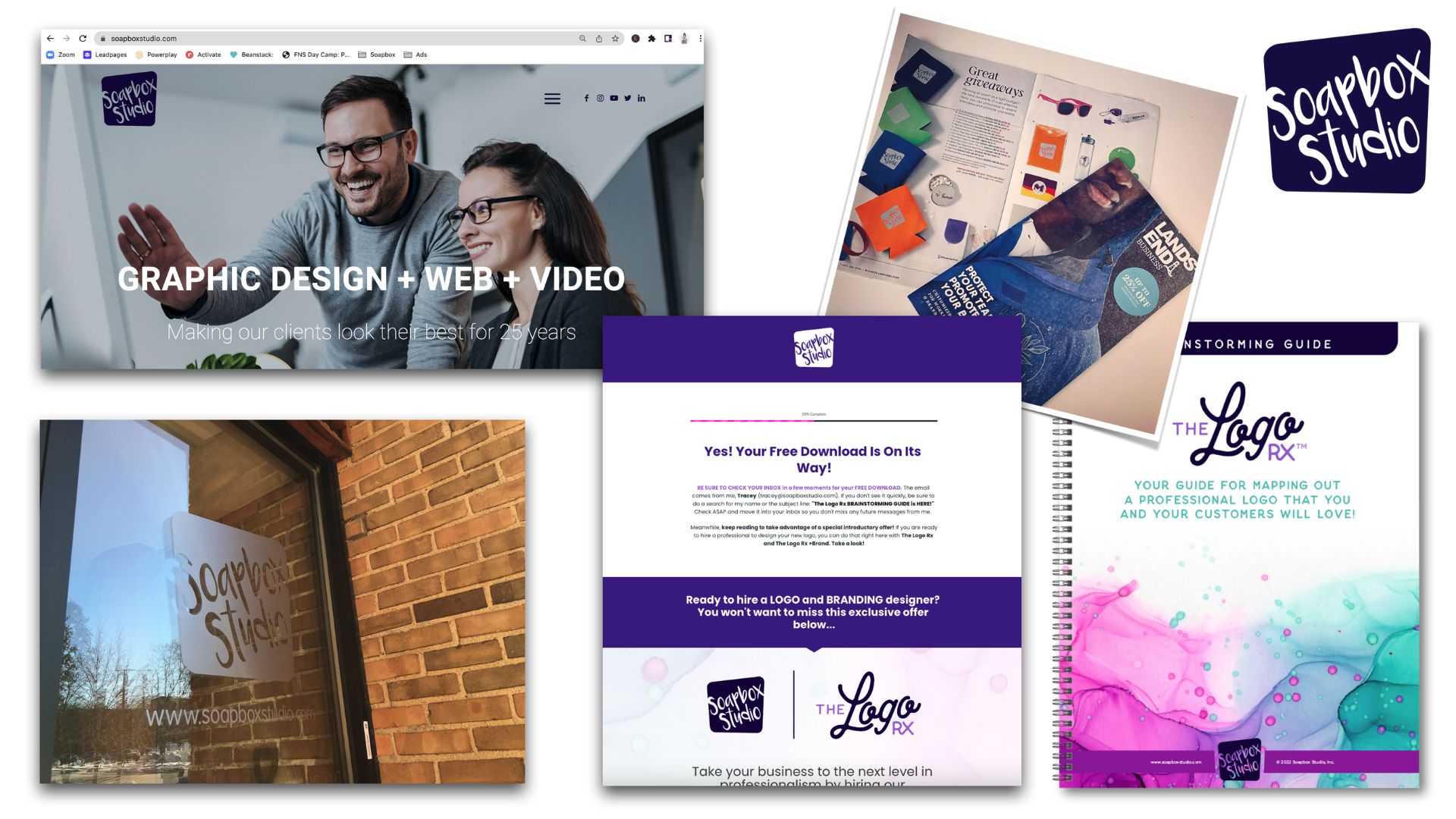
Delivering appealing content that aligns with the brand’s identity can reinforce their professionalism and build trust with their followers. This can translate into increased brand confidence and a higher likelihood of individuals choosing the brand over its competitors.
The Psychology of Visuals and Confidence
Another way to build brand trust and confidence is through the psychology of visuals. Psychology has long recognized the strong connection between visuals and human emotions.
Understanding this connection allows brands to tap into the power of visuals to shape how their audience perceives them. By strategically utilizing visual elements, brands can influence the emotional response of their audience and ultimately build confidence.
Colors, in particular, profoundly impact human psychology and can evoke different emotional associations. Each color carries its psychological meaning and can elicit specific feelings and reactions. For example, warm colors like red and orange are often associated with energy, excitement, and passion.
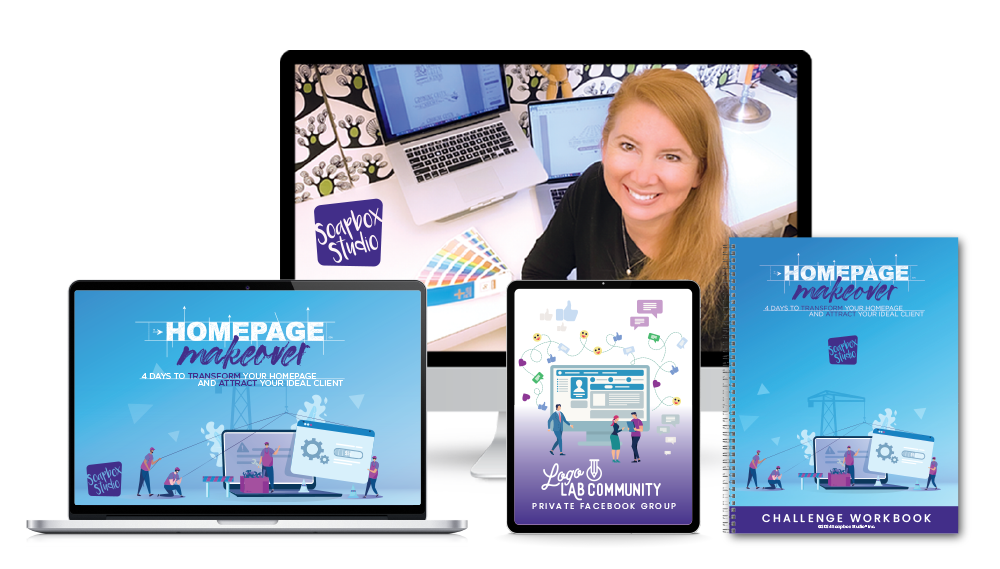
They can create a sense of urgency or enthusiasm, making them ideal for brands that want to evoke these emotions in their audience. On the contrary, cool colors like blue and green are often associated with calmness, trust, and nature. They can convey a sense of reliability and tranquility.
Strategically selecting colors that align with a brand’s personality, values, and emotions they want to evoke, can create a visual language that resonates with their target audience. Consistency in using these colors across various touchpoints reinforces the emotional associations and enhances the audience’s perception of the brand.
If you want to read more about colors and how to choose the best colors for your brand, read this post: How To Choose the Best Classic Colors For Your Brand.
The Ripple Effect: Boosting Personal Performance
The impact of brand confidence extends beyond its influence on customers; it also has a remarkable effect on personal performance. When your brand exudes confidence through its visuals, it attracts customers and inspires you and your team to reach new heights of personal and professional achievement.
A visually appealing and cohesive brand can give you a sense of pride, instill self-assurance, and motivate you to deliver your best work.When you witness the positive response to your visuals and see how they resonate with your target audience, it creates a sense of validation and satisfaction.
This newfound confidence in your brand’s image permeates every aspect of your professional life. It shapes your mindset, influences your behavior, and boosts your overall performance.

Another way brand confidence impacts personal performance is through enhanced stakeholder engagement. When your brand exudes confidence and professionalism, it creates a positive impression on stakeholders, including clients, partners, and investors. A cohesive brand is a powerful tool for building trust and credibility.
It enhances your ability to communicate effectively, negotiate confidently, and build strong relationships. This, in turn, opens doors to new opportunities, collaborations, and partnerships that align with your vision and contribute to your personal growth and success.
Reinforcing Brand Confidence Through Performance
Brand confidence and personal performance are deeply interconnected, forming a continuous cycle that propels success. Your visuals play a crucial role in instilling confidence in your audience, and their positive response, in turn, boosts your confidence and drives your performance to new heights.
This cycle establishes a positive feedback loop, where each success reinforces the other, leading to more remarkable achievements.
When your visuals evoke a sense of professionalism, trustworthiness, and reliability, they create a foundation of confidence in the minds of your audience. As your audience responds positively to your brand through increased engagement, sales, or positive feedback, their validation fuels your confidence.
That confidence acts as a catalyst for personal performance. Seeing your brand resonate with your target audience and gaining their trust inspires you to push your boundaries and strive for even more significant achievements. It instills a belief in your abilities and fuels your motivation to deliver high-quality work consistently.
This cycle works hand in hand to drive growth and success. The more confidence your audience has in your brand, the more they will engage with your products or services, refer others to your brand and become loyal advocates. This increased support and engagement allow you to excel and demonstrate your expertise, amplifying brand confidence.
It is important to note that this cycle requires consistency and a commitment to delivering high-quality work. By consistently meeting or exceeding expectations, you reinforce your brand’s positive image and maintain your audience’s confidence.
Take Confident Action
Visual communication is a powerful tool that plays a vital role in branding, building brand confidence, and enhancing personal performance. By effectively utilizing visuals, brands can establish a solid and memorable identity, conveying their values and personality to the target audience.
Consistency in visual communication reinforces identity and creates familiarity, fostering confidence. Moreover, the psychology of visuals allows brands to evoke emotional responses and build a positive perception strategically.
Brand confidence, in turn, boosts personal performance and opens doors to new opportunities, driving growth and success. The symbiotic relationship between brand confidence and personal performance creates a virtuous cycle that propels individuals and brands towards incredible achievements and long-term success.
If you need a little VIP treatment to up-level your brand and in turn your brand confidence, our VIP Days will be a massive asset to you. Graphic design VIP Days can be a valuable investment for companies that want to create custom designs in a tight timeframe so your business can stand out and look professional.
If you’re tired of the constant back and forth in a traditional model and don’t have months to spend tweaking revisions, this option is a great way to accomplish every task on your graphic design to-do list in a single day. In just one afternoon, you’ll have professional, ready-to-use graphics.
If your business needs this, contact Soapbox Studio to book your VIP Day now. Claim your spot and enjoy the VIP Day treatment!


